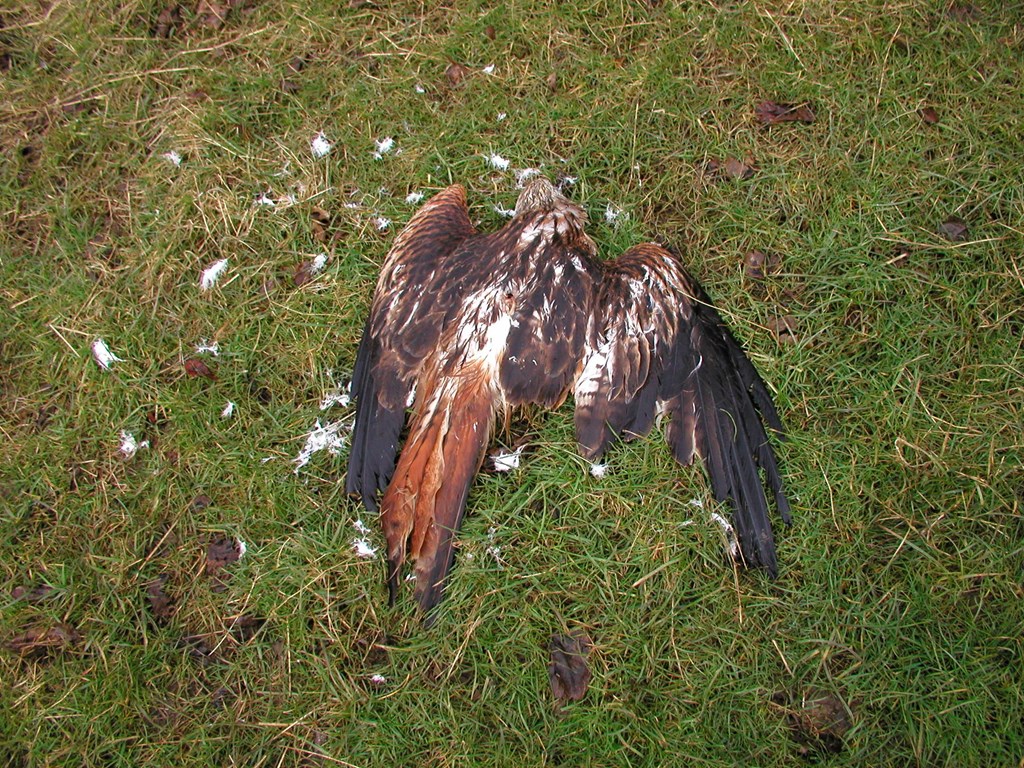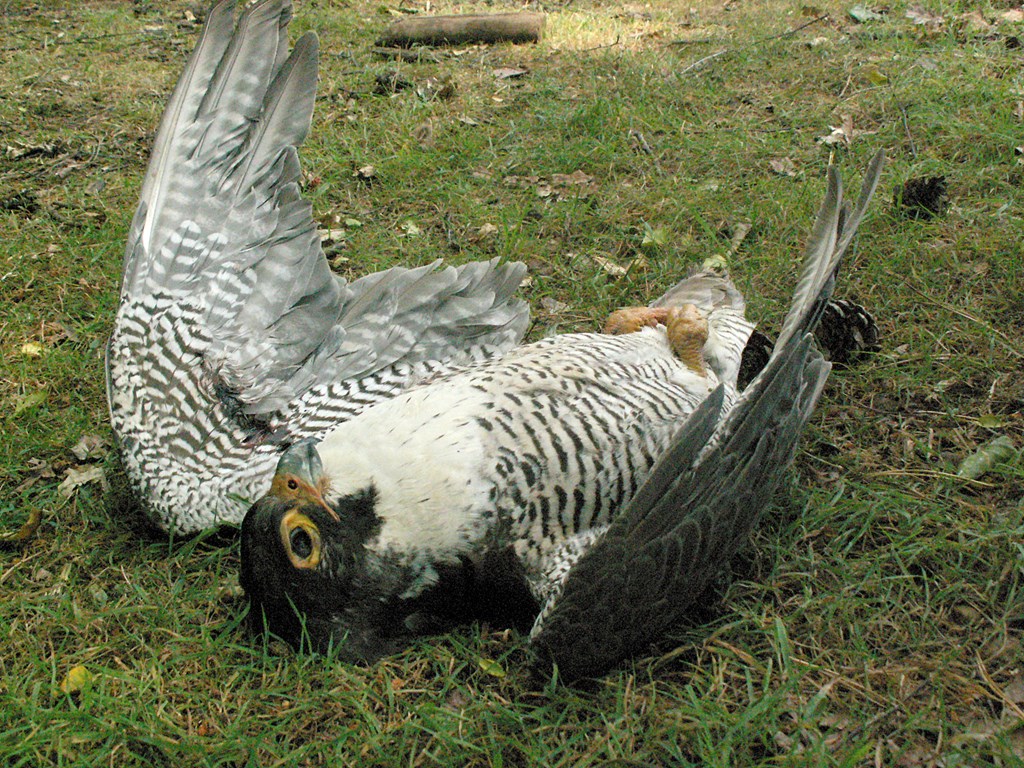One of the fundamental aspects of my taxidermy practice, relies on the discovery of deceased animals in the wild. I have a lot of members of the public donate me various specimens that they have found whilst out on dog walks, hikes and whilst being out on the roads etc.
I cannot stress how important it is to observe a few details I will explain below, before picking up any dead animal you may have stumbled across, to adhere to legalities and rule out any unlawful activity, as well as protecting your own health.
We have a big problem in the UK that involves the illegal persecution of birds of prey. This mainly happens on game shooting estates, where members of that fraternity will bate, poison, shoot, trap and kill endangered species such as Hen Harrier, Buzzard, Golden Eagles, Red Kites, Tawny Owls…sadly, the list goes on and is not limited to birds, either.
I am under no illusion that there are game shooting estates that do adhere to the law and I have personally met some game keepers that genuinely keep natures best interest at heart and do good things for the environment (although my personal views are polarised), there is certainly a bountiful harvest of rotten apples in the cart, too.
The latter, recklessly kill these creatures that they see as a threat to their game bird population, to maximise their yield during the game shooting season, thus making as much profit as possible.
It is recorded that since 2018, 110 satellite tagged Hen Harriers have been reported missing or dead, the majority of these birds mysteriously loosing transmission on grouse shooting estates.
Organisations that are established to safeguard our wildlife, such as the RSPB, recognise raptor persecution as a serious problem and supports evidence of illegal activity, but not enough is being done to combat the issue, which deeply saddens me.
I feel very grateful for campaign groups out there, such as Raptor Persecution UK, run by the brilliant Ruth Tingay, who are dedicated to exposing corrupt data and doing their best to raise awareness of these hideous crimes against wildlife. Ruth is also a co-founder of Wild Justice, along with Chris Packham and Mark Avery, that do absolutely fantastic campaign work to enforce wildlife laws in the UK, that the government are doing a very poor job of.
I strongly suggest researching deeper on these issues, as I have merely scratched the surface of what really happens – but with that being said, it is these reasons what makes evaluating a deceased specimen before picking it up, very important because you could potentially be disturbing a crime scene.
Signs of an illegally persecuted bird

If you come across a deceased bird of prey that has no obvious cause of death i.e not found by the side of the road, or is clearly the result of a window strike, then please do not touch it and use the following guidance from the RSPB:
How to report
If an offence:
a) Is ongoing/urgent consider calling 999 if you need an immediate police response.
b) Otherwise, report to the police on 101 and remember to ask for a reference number.
c) Involves suspected poisoned birds, animals or baits contact the government Wildlife Incident Investigation Scheme (WIIS) on Freephone 0800 321600. If outside office hours/urgent contact the police (See above).
d) Involves animal cruelty call the RSPCA 0300 1234 999/ SSPCA 03000 999 999/ USPCA 02830 251000
How to record a wildlife crime
Please take the utmost care and do not put yourself or others at risk.
If possible, and if it is safe to do so:
DO
- Take particular care if incidents involve several suspects or the use of firearms.
- If safe to do so, watch and note what is happening – try to make a written note of anything you see and keep this in a safe place.
- Take photos and/or video.
- Note the date, time and weather conditions.
- Note the location accurately. If possible, record a grid reference, or ideally a GPS reading, of both the scene and where you witnessed the incident.
- Note a description of person/s involved including gender, age, height, clothing, behaviour, anything carried etc.
- Note any vehicle registration numbers, make, model and colour or distinctive features.
- Consider humanely killing a bird which is seriously injured and beyond recovery and no help is available.
- Identify other witnesses and obtain their name and contact details.

A Note On Bird Flu
With Avian Influenza still prevalent in the UK at the moment, it is recommended that you follow the same guidance when finding a deceased bird. If there is no obvious cause of death, then leave it well alone and report it to the authorities at DEFRA.
You can visit my previous blog or the guidance on the .gov site for more information on the subject.


